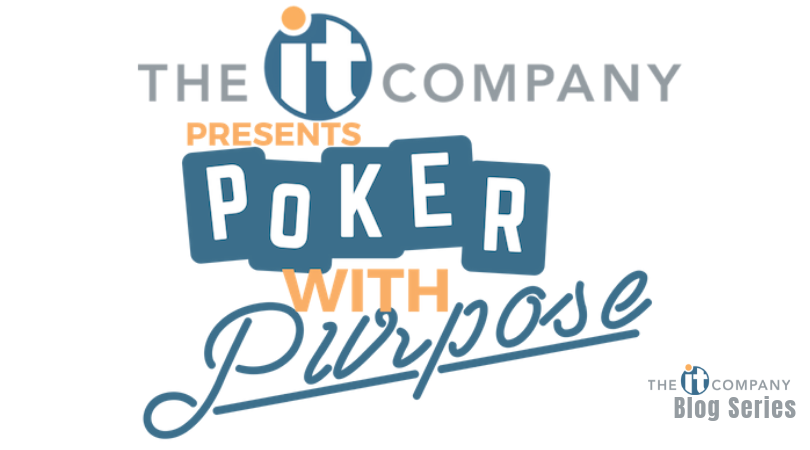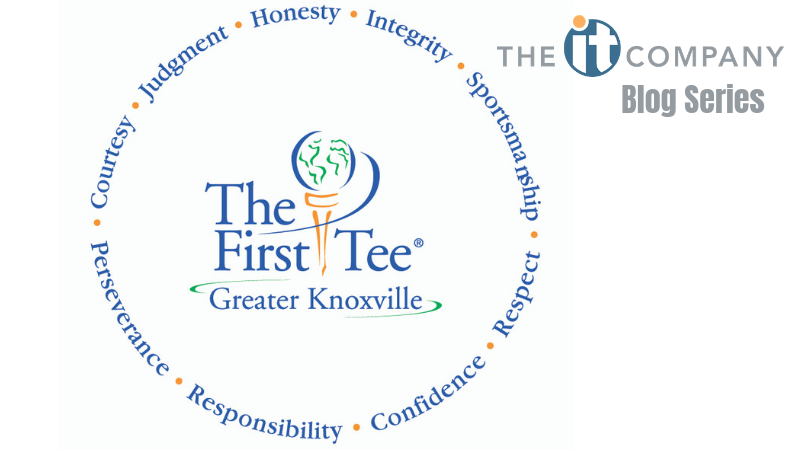How COVID-19 Will Forever Change Our World From an Architectural Perspective
The IT Company’s Kenneth Herring virtually met up with three leaders of the local architecture community to discuss how COVID-19 will likely impact our home and work environments.
Sara Martin with Open Door Architecture, Cayce Smith with Cope Architecture and Daryl Johnson from Johnson Architecture provided their insight and predictions of how this pandemic will chanfe the way Architectures design both residentially and commercially.
Architecture, like most things, will present changes in phases- an immediate response and a near future response. The immediate response may be more intense than the solutions that eventually become the new normal.
A hot topic surrounding COVID-19 is the absolute necessity to wash your hands often. Which has led architects to start thinking about how they will approach this from a design standpoint to provide more opportunities for washing hands.
From a residential standpoint- Martin predicted that we will begin to see more people wanting sinks not just in the bathroom or kitchen, but in transitional spaces throughout the home. Sinks will likely become like little jewelry adding beauty to the home. Additionally, homeowners may increasingly seek automatic sinks, to eliminate the germs of touching the handles.
Schools are another place where we can expect sinks to increase. Smith shared that at schools sinks previously were placed based on the best location for safety and ease for teachers to help if needed. Going forward this will become even more prevalent to encourage kids to wash their hands throughout the day. What does that look like? More sinks in the classrooms, sinks on the way to the lunchroom, sinks anywhere where kids often congregate.
Sinks- whether in the home, school, office, or public places- are going to become more and more of a necessity rather than a luxury.
If you’re like most everyone, wiping down flat surfaces has become something in your daily schedule. Johnson spoke to the fact that lessening the number of flat surfaces in the future is an interesting dilemma. Digital innovations have continually occurred over time that do indeed lessen the need of flat surfaces, but we still have a significant need for them in all different environments. COVID-19 has definitely increased the awareness of germs surfacing on these flat surfaces and creating spaces that are germ free and eliminate excess surfaces is going to be a difficult challenge for architects.
A past trend for work environments has been an open office concept. While there are many advantages to the open office, the infectious disease at hand is leading architects and business owners to consider if this is the best option for the health of employees. With and open office, the biggest health risk is air quality and germs recirculating in the air.
Businesses are going to be faced with changes and choices left and right of the best options for their work environment. And architects are going to have to get creative on the layout of offices- creating more space between desks, touchless equipment, additional cleaning stations and more.
One of the top ways our home and work environments are going to be changed by COVID-19, is through the increase of touchless equipment. Touchless equipment has already been prevalent in our world with things such as hand motion sinks, automatic doors, etc. But this pandemic can lead architects to believe that the trajectory of non-touch equipment will be sped up. Our world is going to have to quickly catchup on the sophistication of these next steps.
The world of architecture has been changed by COVID-19. The differences and impact of the shift of working remotely, alone has presented challenges. But it’s going to take a lot of creative people to creature structures and environments that best address how to move forward as a community to design buildings that can comply with these new safeguards. But what architects do extremely well is solve problems. There is no doubt architects all over will rise to help our home and work environment overcome the changes presented by COVID-19.
-1.png?width=150&height=70&name=The%20IT%20Company_Final%20(1)-1.png)

-1.png)
